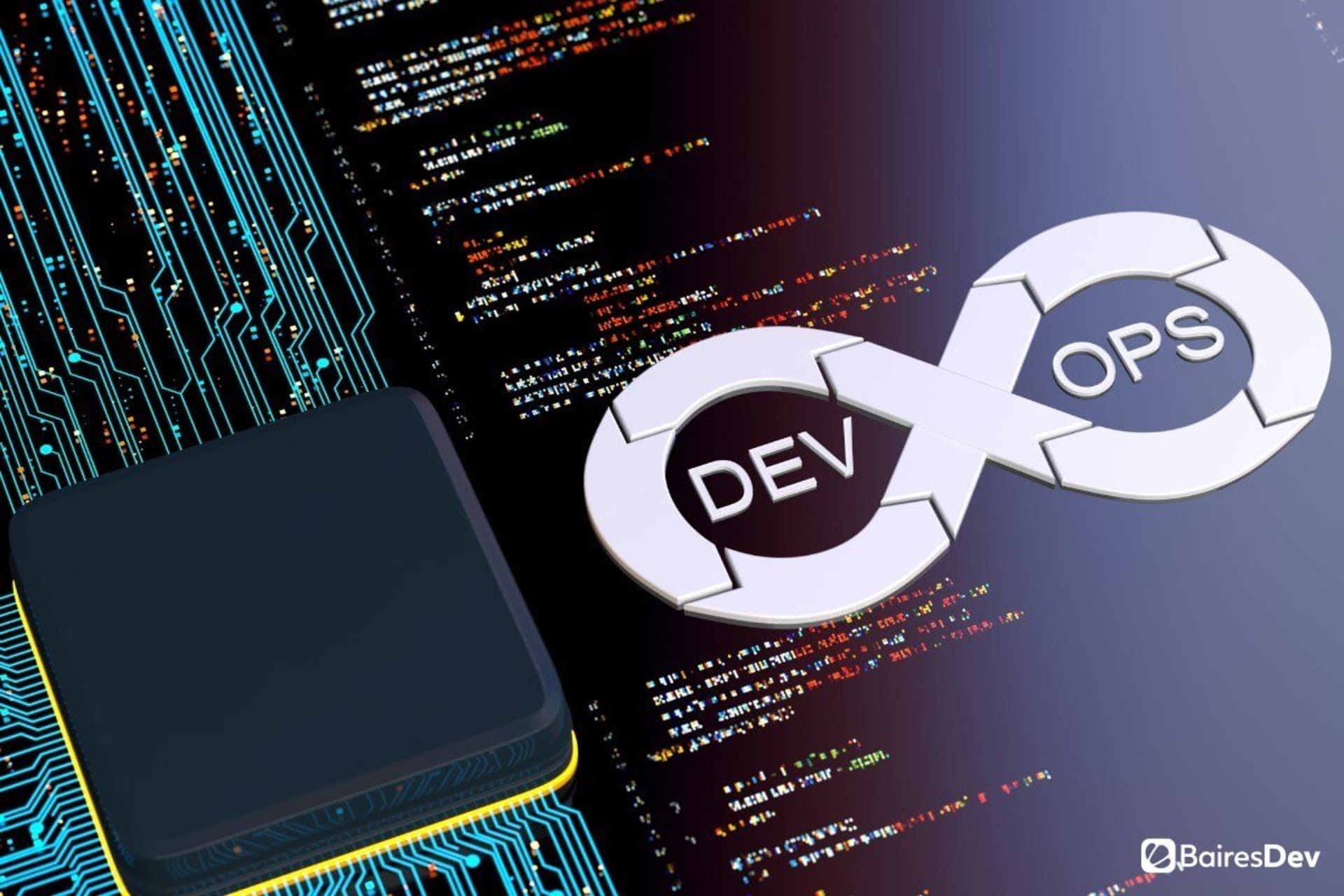On October 4, 2021, Facebook, along with its subsidiaries and platforms, including Instagram and WhatsApp, suffered a worldwide outage for several hours. Users were left without service, leading to frustration and disappointment. It may have even led some to quit one or more of the social media networks altogether.
This is just one of many outages and damages a number of huge, popular companies have faced in recent years. And while companies like Facebook can bounce back — even despite the momentary dissatisfaction of users — smaller and newer businesses and startups will have a far more difficult time keeping consumers loyal.
That’s why today’s software must be resilient. Developers need to create their products while anticipating problems that could occur. This preparation will save you time and money down the line — and prevent you from losing users.
What Is Software Resilience?
You know what resilience means: it’s essentially the ability to bounce back and withstand problems. Software resilience applies this concept to technology. In other words, software that is resilient is able to withstand misfortune and heal from unexpected problems and events.
In today’s world, software resilience is essential for keeping technology running smoothly. Instead of shutting down completely when it encounters issues, it will continue to operate when these problems occur, no matter how great the disruption.
Resilience does not mean that problems will never occur. Instead, it simply means that the system will be able to respond without failing — weathering the storms that do occur. This is the opposite of the wait-and-see approach. Businesses are planning ahead to account for the unexpected, building it into their plan from the beginning.
How to Ensure Software Resilience
1. Automate
If you can automate, do it. Manual work is far more prone to error. Automation allows developers and other team members to facilitate the workflow more efficiently. Moreover, when the system encounters errors, it will be able to automatically recover, effectively fixing itself without human intervention.
2. Diversify
From a resilience standpoint, diversifying your infrastructure by using multiple providers can help. This way, if one provider experiences downtime, you’ll be able to turn to another, minimizing the impact and breadth of the problem. Therefore, fewer users will ultimately be affected by the issue.
3. Scan Consistently
Spotting potential errors in your products becomes easier when you initiate routine scans. This will enable you to assess the resilience of your technology in multiple respects, from security to capacity. Scans themselves stress your systems, which will reveal issues to you before they affect your users in real time.
4. Validate
In order to validate your code and systems, ensure that any alterations you make are automatically verified. That way, you can rest assured that when you make these changes, you won’t be interrupting the system or adversely affecting the environment in which it is situated. You can even build this verification into the ecosystem in the beginning.
5. Test
Test, test, test. This is the broadest and best approach for evaluating the health of your software — and ensuring that it will withstand any interfering issues that could arise. Skilled QA testers should perform multiple assessments, from load testing to performance testing. This will help you see how your software will behave and respond to many different types of conditions and understand whether you need to make adjustments.
6. Ensure Wide Coverage
You shouldn’t limit your resilience strategies solely to a single circumstance. You must have wide coverage, addressing every environment where your systems and software operate. This most likely includes a cloud-based environment and on-site locations, along with hybrid and other possible situations.
7. Build-in Redundancies
Build redundancies into your code. That way, if you experience any downtime across your systems, you’ll be able to turn to a backup method to ensure you’re properly covered. Your systems can turn to the backup provider, rather than go offline entirely and disrupt your operations.
8. Practice Real-Time Integrations
Integrate your resilience mechanisms into the systems you already have in place at your enterprise. You should be able to get real-time feedback from a variety of support systems, so you won’t miss it when an issue occurs — you’ll be notified immediately and will be able to address it quickly and efficiently.
9. Ensure Scalability
Resilience is tested when you attempt to scale your products as your business grows, too. Because scalability is usually a goal for many organizations, you should build your products and systems with scalability in mind from the beginning.
Think in the long game, considering what they might become, not just what you want them to be right now. That way, when you do grow, your software will be more resilient as you undergo that process.
10. Collaborate and Communicate
And then, of course, there are the soft skills that boost resilience. Keeping everyone abreast and informed of your efforts will ensure that all workers who are contributing to the project are in the loop. This coordination helps ensure that you’re operating effectively as a unit and that everyone has an understanding of the goals associated with the project and problems you could encounter down the line.
When your business faces outages and other problems with its systems, your consumers suffer — and so do you. That’s why it’s so critical to build your software with this in mind. Resilience means having a strong product with the features and facets to withstand upheaval. When you prioritize it, you will not only create better software, but you’ll also solidify your reputation as a quality organization.






